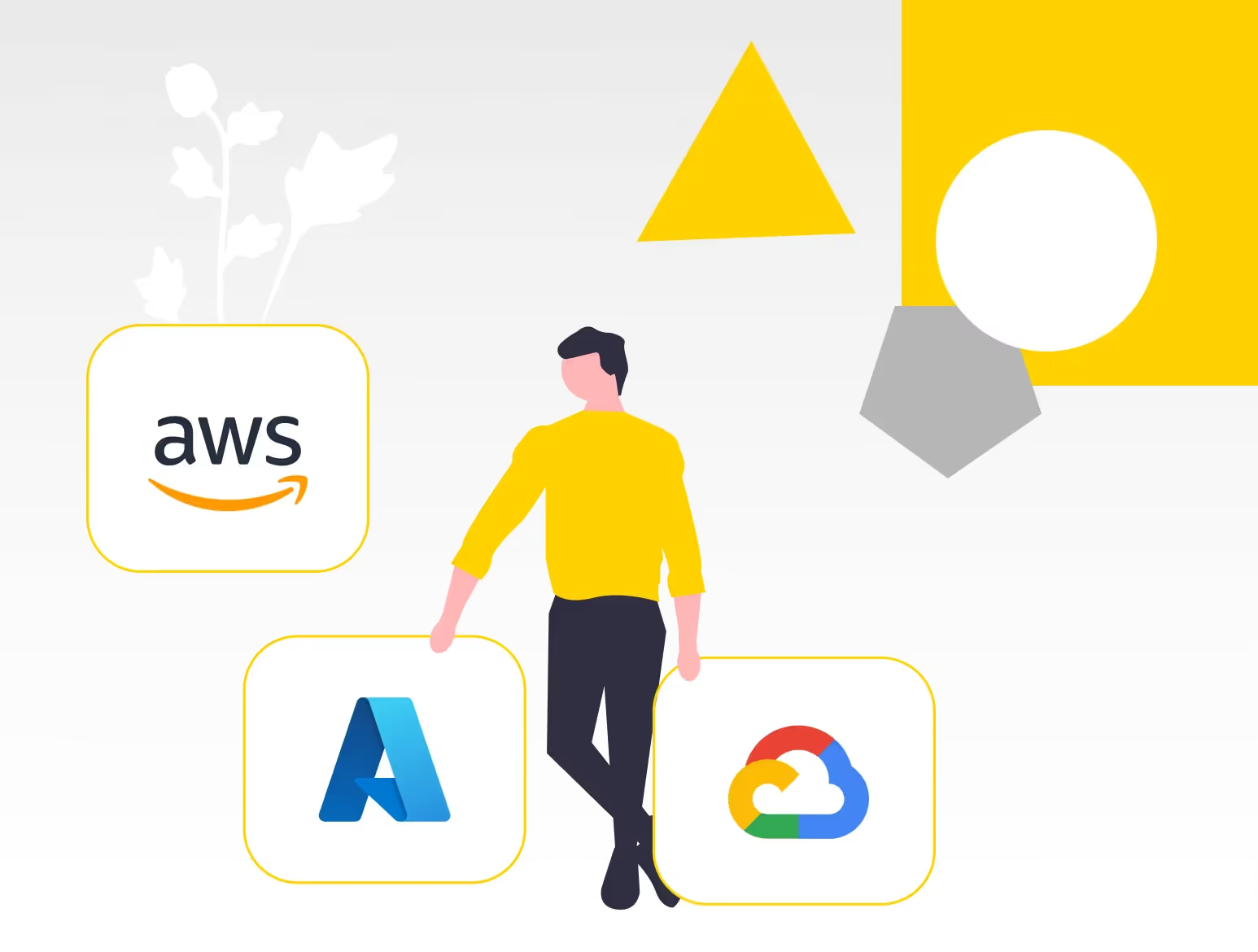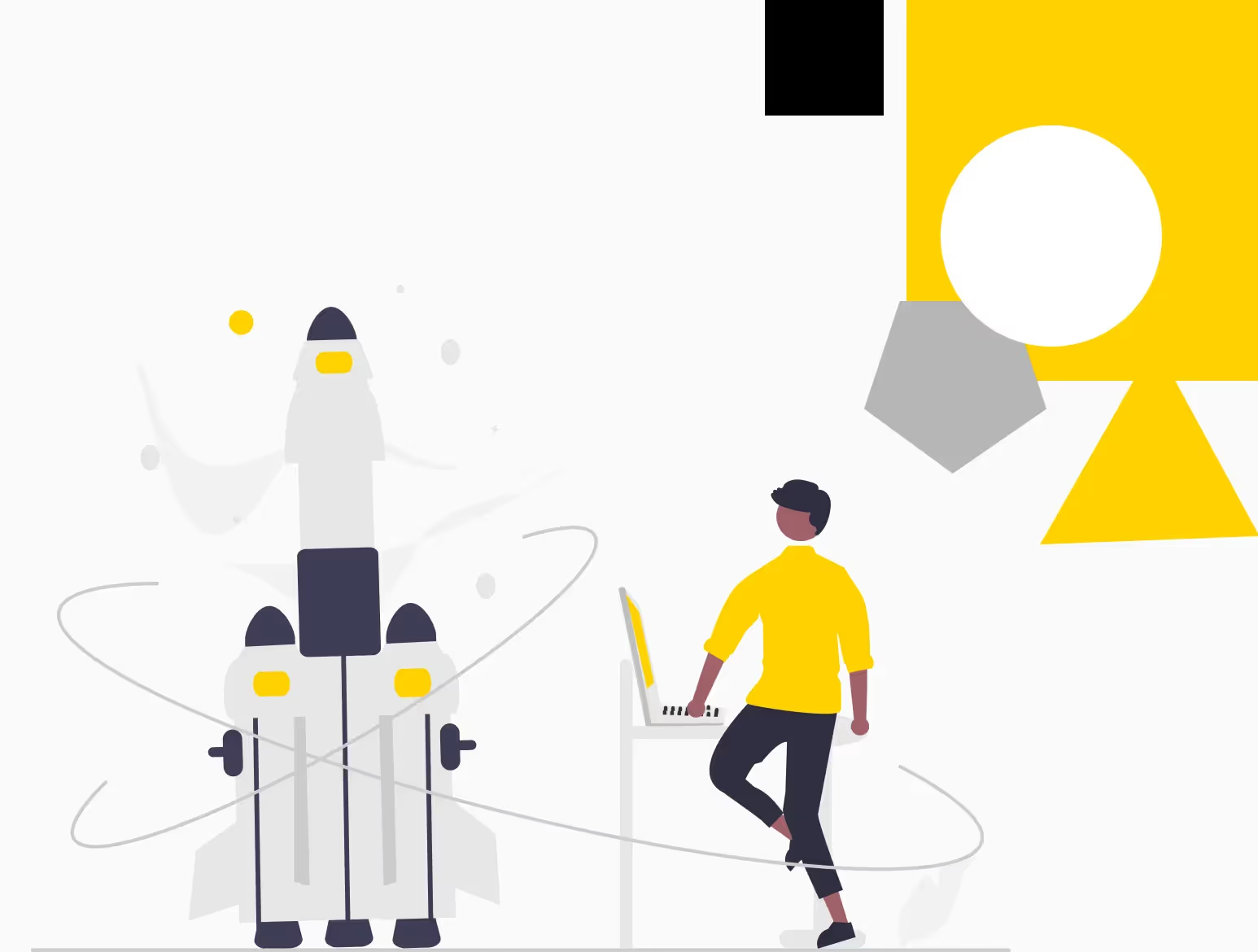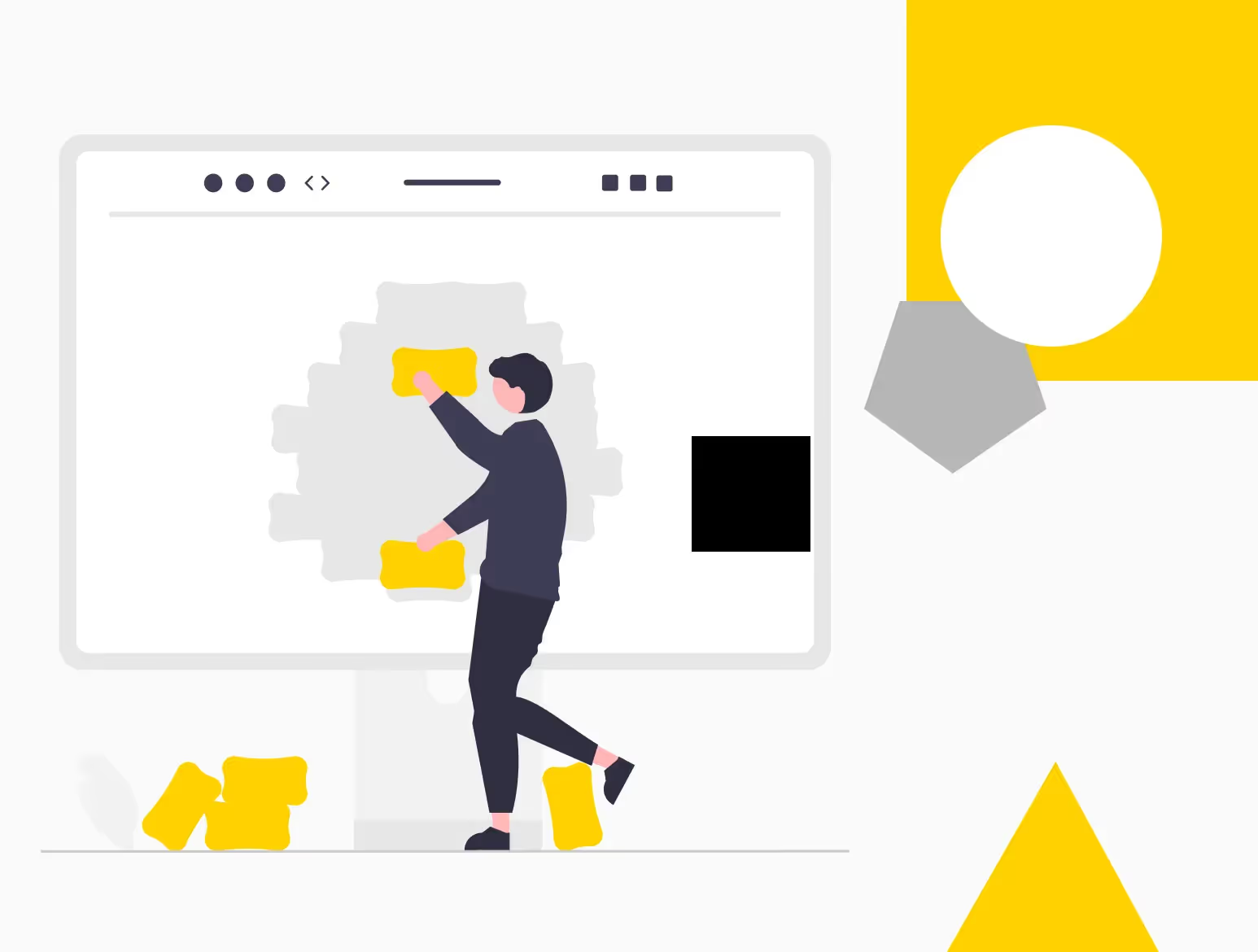MACH Technology Explained to Business Professionals

A couple of years ago, in publications and conferences, we heard about how solutions based on MACH architecture are the new paradigm and disruptive change in the technological solutions sector. MACH technologies (pronounced mac, such as speed of sound, mach1, mach2...) are making noise.
Over the past year, MACH vendors have obtained 2.5 billion dollars in funding, a volume that alone exceeds that received by entire cities such as Madrid or Barcelona in the startup sector during the same year and have accumulated a global valuation of 20 billion dollars (source MACH Alliance). Something big is happening in this sector, and this is not a fad.
Among the MACH solutions, we mainly find eCommerce and content managers (CMS), but there are also PIM solutions, search systems, integration tools, and more and more solutions are being added to this new philosophy whose virtues are not always so simple to understand.
What does MACH mean?
The acronym MACH refers to technological concepts, which can make it difficult for business people who need to understand the difference between a MACH and a non-MACH solution. Below we will explain MACH from M to H focusing on how it differs from other solutions and, above all, what it brings to our business.
M of Microservices

Microservices refer to a way of developing solutions made up of a large collection of small independent solutions with a single purpose and that communicate with each other. For example, an eCommerce MACH software has a microservice for adding product lines to an order, another for monitoring product availability, another for calculating shipping costs.
When is it not microservice? In a system that is not built with microservices, the functionalities are entangled and are highly dependent on each other. Modifying one piece of software means altering the entire set of software.
What does it bring me. Directly not much, really. The main advantage (there is more) of microservices is how efficient and maintainable the software is. If you hire software that uses microservices, you can assume that it will evolve quickly and quickly. But the really interesting thing about Microservices comes with the next point.
A by API First

APIs (by the way, another acronym,Inception!) they are functions that meet a communication standard, meaning that anyone who is given permission can use them. If each of the microservices mentioned above is provided with a communication standard by default (hence the First), this allows different pieces of software to interact with each other at any level of detail.
When isn't API first? When I have to download an Excel from one software to re-import it into another, when I have to leave a CSV in a folder for other software to process, or when I have to manually replicate information between applications, I am probably using applications that are not API first.
What does it bring me. If you've ever used tools like Zapier, you already know what this is all about. You may also integrate the form on your website with MailChimp or with your CRM. This connection has been possible because both tools have APIs. Now imagine this functionality, but at any level of detail between all your business applications... the options are endless. We can have our B2B eCommerce that feeds on the products of the PIM, which in turn takes them out of the ERP, that personalizes the content using specific software that is nourished by your CRM and that shows the product configuration taking it out of your CPQ. You'll often see this feature described as composable, accompanied by the metaphor of building solutions as if they were Lego pieces.
The advantages of composable not only is it in the data that travels between applications precisely in real time, but at any time we can break down our application by replacing one part with another without affecting the whole. Something that guarantees us an organic evolution that of our digital solutions that can grow in isolation. Never again will we hear “is that, if we change the web, we have to change the eCommerce, and if we change the eCommerce we have to change the emailing system, and if...”
C from Cloud based SaaS

Cloud we all know what it is and SaaS (for Software as a Service, just another acronym!) Also, although not necessarily under this name. SaaS software is one that we normally connect to via browser and to which we completely don't worry about its servers, maintenance and updates. Salesforce was the one who introduced the concept (which they tried to coin unluckily as non-software). Many other tools that we use on a daily basis, such as Gmail, HubSpot or MailChimp, are also SaaS
When isn't Cloud based SaaS? If you have to install it, such as Outlook in its desktop version, if you need to download updates, such as Spotify, or if you have to install and maintain servers, such as Jira in its on-premise version, then you don't have a SaaS system.
What does it bring me. All the upstairs hassles go away. The installations are over, the versions are over, the maintenance is over. The complexities of managing servers, on-call teams, managing high availability or geographical replication of infrastructure are also over, and this is one of the most important aspects. Things work, that's all.
H by Headless

The head in application development refers to the visual part, to the user interface with which we operate. A Headless application does not mean that it has no user interface, but rather that the interface and the data part are completely decoupled. A slightly more technical description you'll hear is that backend and front-end are completely decoupled.
Just as before we had about applications that connected to each other through APIs, something very similar happens here, and it's about the fact that the visual part of our application is connected by API to the part of business logic and data.
When is it not Headless? If you have WordPress, for example, you don't have a Headless application (there may be exceptions), this means that to make changes to the visual (or front-end) part, we may have to make changes to the backend part as well.
What does it bring me. If your website were developed completely Headless, you could completely change the CMS while keeping the entire visual part, so you win in suppleness.
Performance It's another great advantage, since a lot of work is downloaded from the server and it's also easier to distribute your application geographically, that is, for your users to connect to the server they have closest to them. Finally, the security It also increases since the most critical parts of the web (the backend parts) are more isolated and we only allow access to what is already public, such as images and static resources.
What then is a MACH ecosystem?

To summarize, very briefly, a MACH ecosystem, as we have seen above, helps you to improve aspects such as speed and safety, it makes it easier for you that you couldn't before, such as having Real-time data and evolve your applications separately and It takes away headaches for server and update management.
In Novicell, as members of the MACH Alliance, we are delighted to be part of this paradigm shift and are committed to spreading the benefits of this type of technology. If you want to know more about how your company can benefit from these technologies, contact us.
How can we help you?
If you need more information, do not hesitate to contact us.
Cómo podemos ayudarte
Consulta los servicios con los que te ayudaremos a conseguir tus objetivos digitales.
